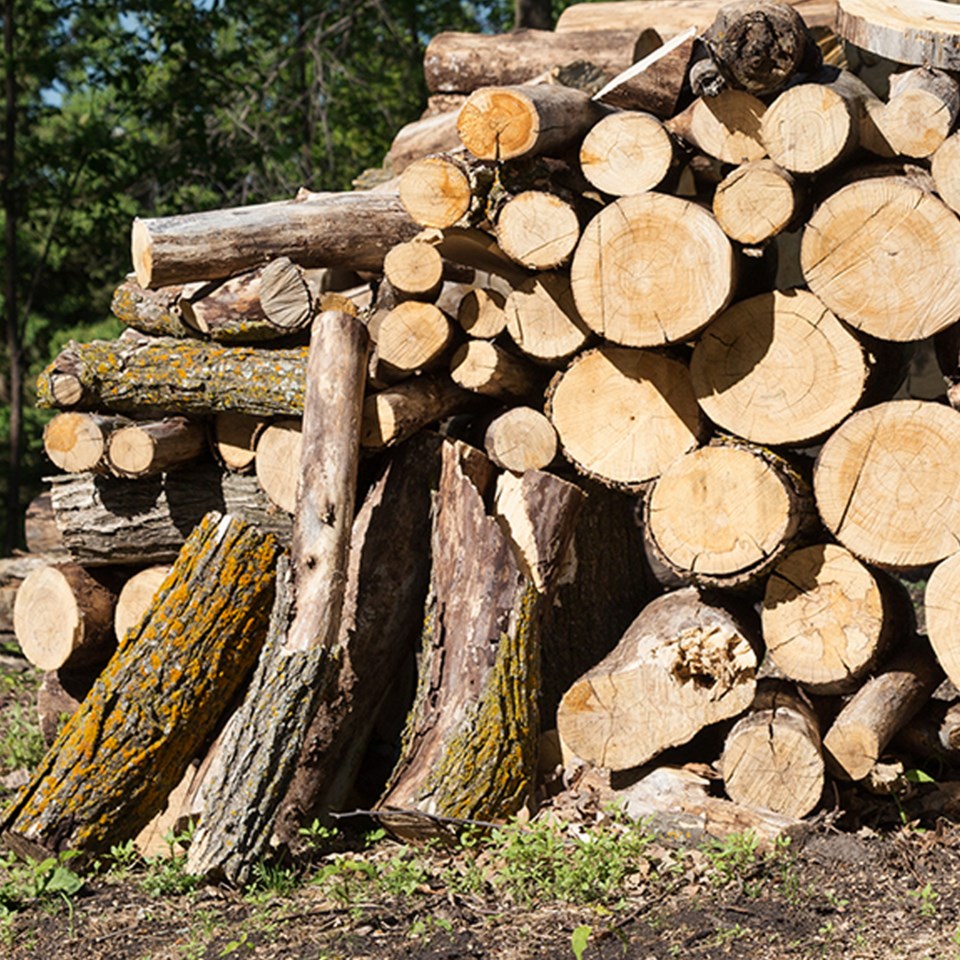SASKATOON — The City of Saskatoon Parks Department has confirmed 11 positive cases of Dutch elm disease (DED) in various neighbourhoods throughout the city this summer.
“It is discouraging to see this record number of positive Dutch elm disease cases in our city; DED can have devastating consequences for our urban forest,” says Thai Hoang, director of Parks.
“The most likely cause of DED is the storage and transportation of elm firewood. If you suspect you have elm firewood, please dispose of it immediately.”
Here is what Spadina Crecent could look like if DED continues to affect the urban forest.
If you suspect an unhealthy elm tree or are unsure of what type of firewood you have, take a photo and complete the online form or call Urban Forestry at 306-975-2890.
Hoang reminds residents they can help prevent Dutch elm disease by:
- Never storing elm wood or branches. Don’t buy or take elm wood from anyone and don’t burn it.
- Not pruning elms during the provincial pruning ban (April 1 to Aug. 31).
- Disposing of elm wood only at the Saskatoon Landfill.
- Do not take elm to the compost depot or put it in your green bin. Dispose of it immediately; disposal of residential elm wood at the Landfill is free of charge.
The City has already initiated its DED Response Plan, which includes:
- Immediate removal of the positive tree(s) and disposal at the city landfill
- Increased surveillance of the surrounding area to search for stored elm wood
- Sampling of symptomatic trees within one kilometre of the infected tree
- Continuing regular elm surveillance and cyclical pruning of trees in parks and on boulevards
What will happen in impacted areas?
Parks staff will be conducting surveillance around impacted areas. Surveillance of these areas includes checking every property for elm firewood or brush and removing it when it is found. If residents are not home, staff will remove the elm wood and leave an Elm Infraction Notice with a note, indicating that the wood was removed.
The Forest Resources Management Act, the Provincial Dutch Elm Disease Regulations, 2005 allows inspectors to enter private property to inspect for elm wood, remove elm wood and sample private elm trees. In accordance with the regulations, property owners will be asked to remove and dispose of infected elm.
What is DED?
DED is a serious disease caused by a fungus that clogs the elm tree’s water and nutrient conducting system, which eventually causes the tree to die. DED was introduced in North America in the 1930s and has since wiped out millions of elms across Canada and the United States. In Saskatoon, elms make up 25% of our urban forest.
How is DED spread?
In Saskatchewan, the disease is spread by several species of elm bark beetles. These beetles can fly farther than two kilometres in search of elm trees. The DED fungus has tiny spores that stick to the body of the beetle. Elm bark beetles can carry these spores and infect other elm trees. The fungus can also be spread by infected pruning tools.
For more information on DED, visit saskatoon.ca/dutchelmdisease.




